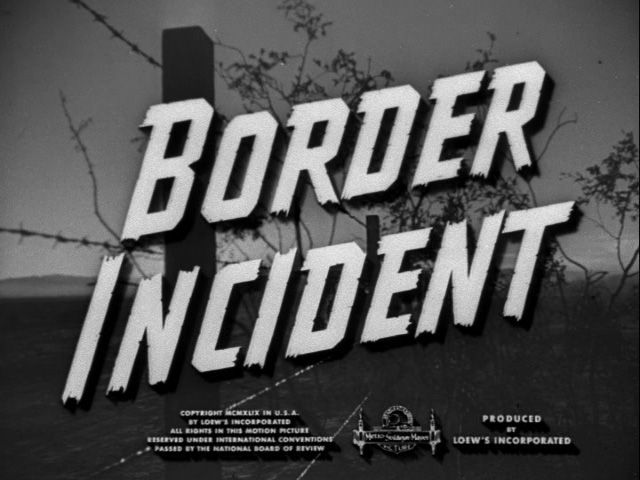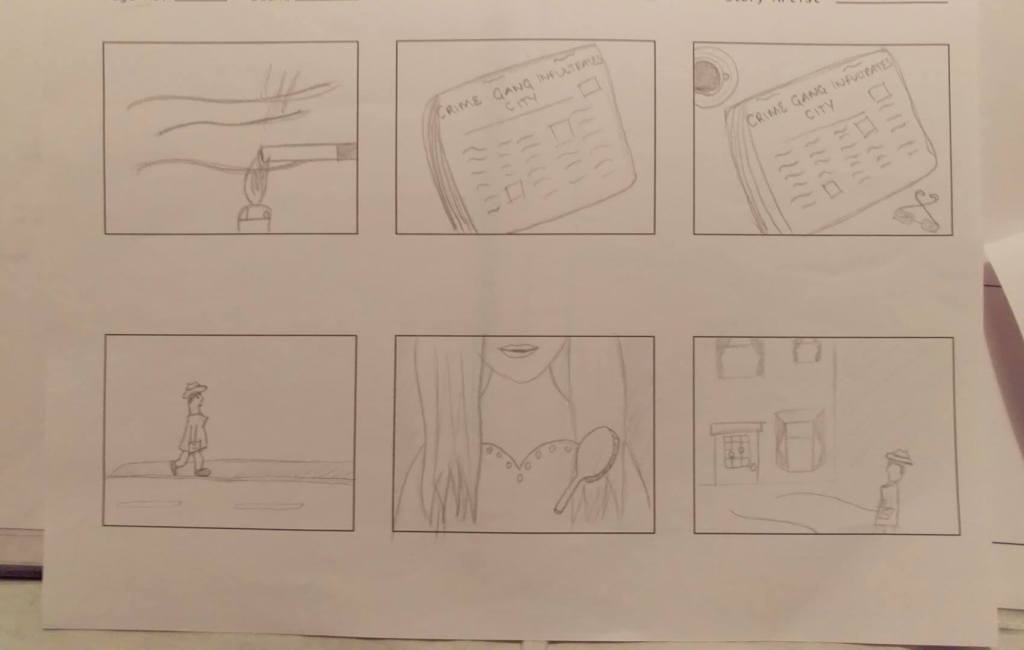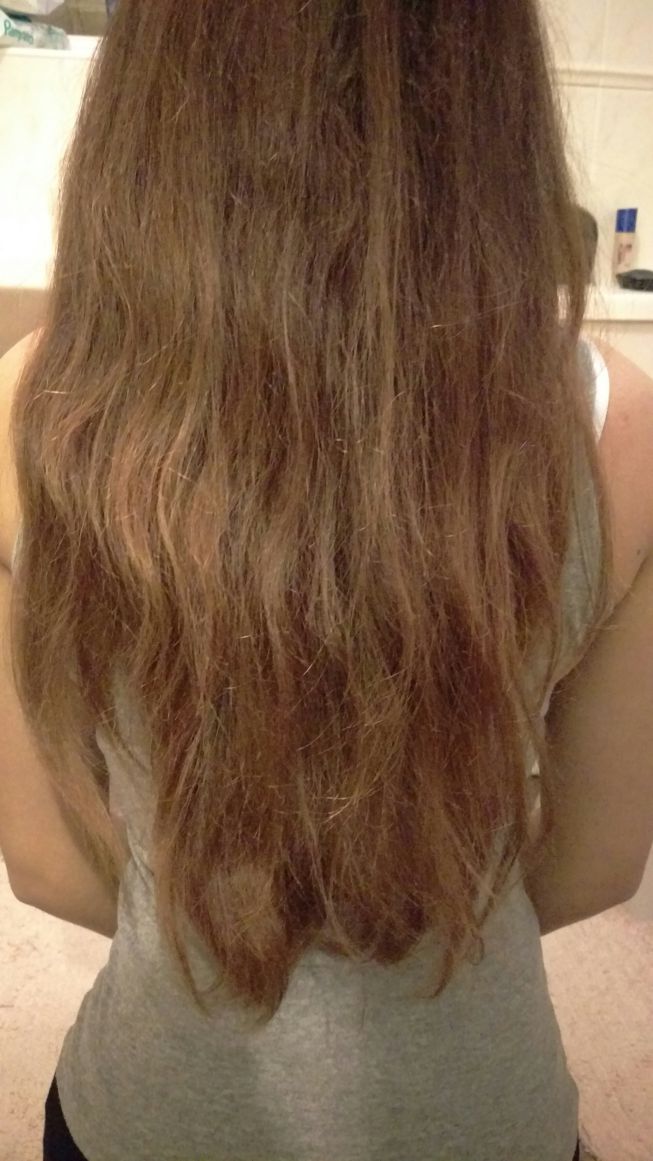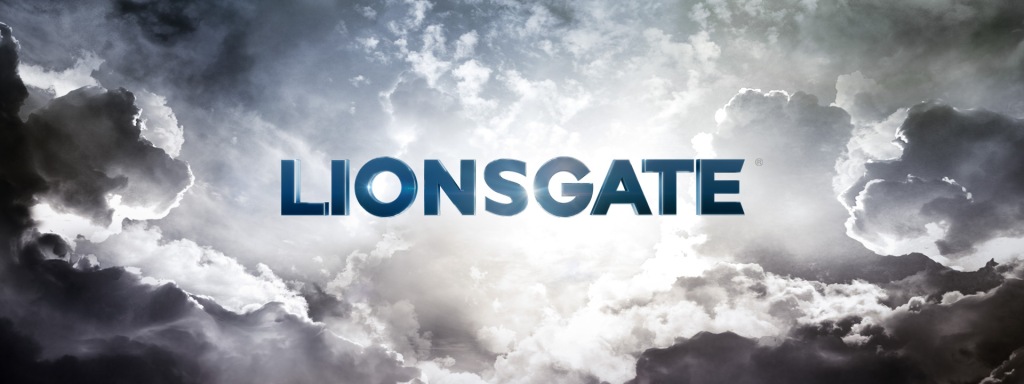Along with research about idents and shots, the font of the titles and the credits also have a major impact on the authenticity of the film. Despite the fact that I wasn’t present during today’s lesson, Molly and Finlay both spent their time looking into appropriate fonts for our genre/style.
According to this website that my group members found, http://www.sitepoint.com , some of the most stylistic features of a film noir movie are:
“Characterised by the use of abstract imagery, unconventional camera angles, stark contrast in light, overly-styled sets and characters as well as an over-theatrical approach, German Expressionism shares a host of similar techniques with Film Noir.”
In order to incorporate this effect into our film, we need to follow the conventions of film noir fonts. The website also said:
“The gritty gloom of noir dictates that your text will be lighter tones on dark. More often than not, this will be narrow, block sans-serif fonts-but there is plenty of room for variation.
Faux-3D text treatments are common on headings, but movies like “The Big Sleep” show that even a classic roman serifs can work in a film noir environment.”
Here are some examples of famous Film noir film titles and credits:







The fonts of text in Film Noir are usually very large and symmetrical. We took this into account when we came to make our text and title. The credits are also usually the same font but in a smaller size.


























